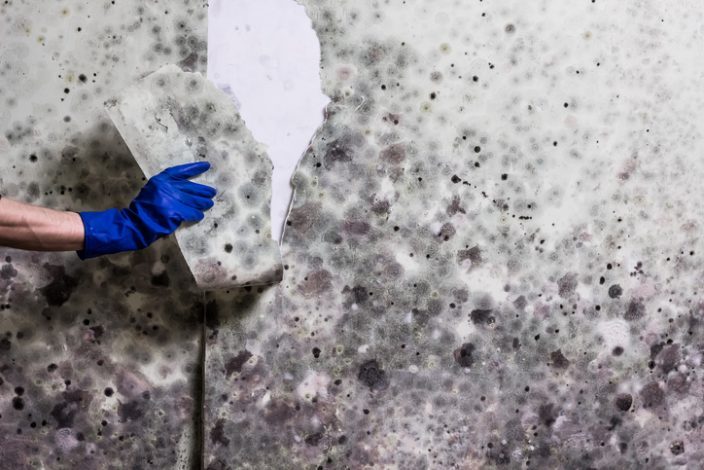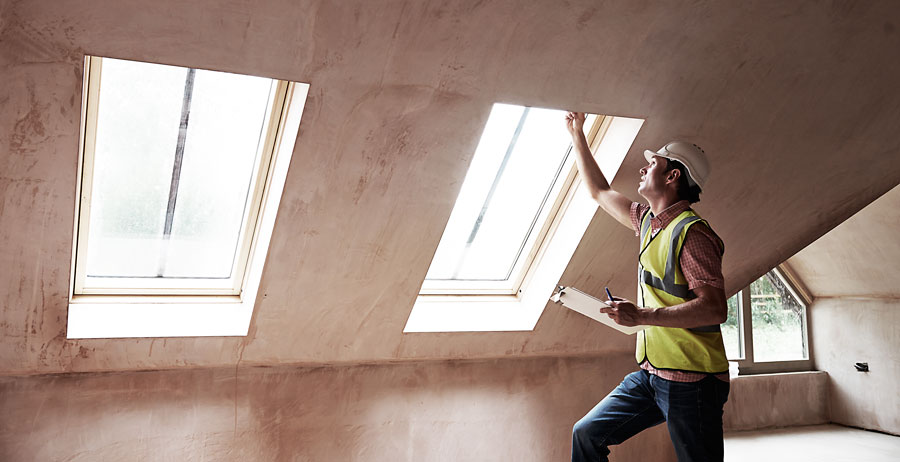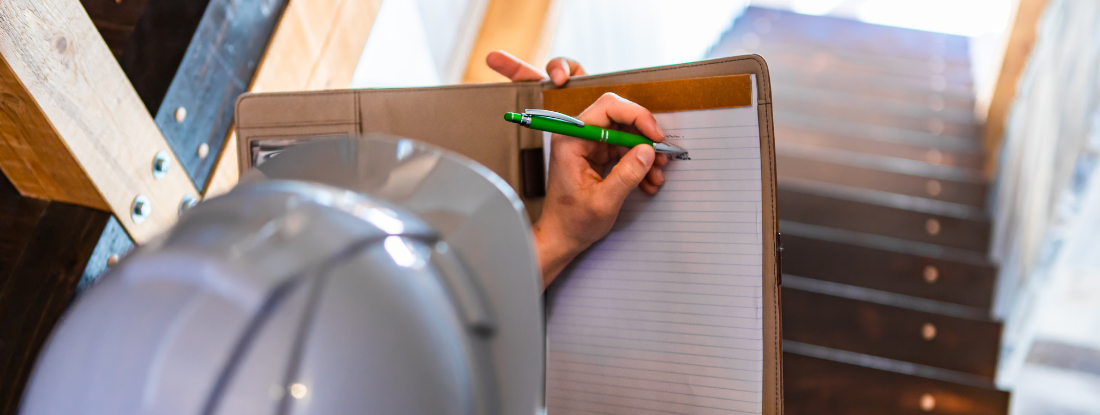Accessing Local Post Remediation Mold Testing Near Me
Wiki Article
Effective Post Mold Remediation Solutions for Your Home
Mold development in homes can be a consistent issue, usually needing a systematic strategy for efficient post-remediation solutions. From recognizing the elements that add to mold growth to executing proper cleansing techniques and wetness control measures, the procedure can be elaborate yet critical for preserving a healthy living atmosphere. Post Remediation Inspection near me.Recognizing Mold Development Factors
The primary element contributing to mold growth is wetness. Mold spores need wetness to germinate and prosper, making moist or damp atmospheres highly vulnerable to mold problems.
In addition, air flow and light exposure can affect mold growth. Locations that lack proper air flow and natural light are much more vulnerable to mold growth. By attending to these factors adequately, individuals can successfully mitigate mold and mildew development and protect their living settings.
Proper Mold And Mildew Cleansing Methods
Making use of effective cleansing methods is necessary in avoiding the reappearance and addressing of mold contamination in interior settings. When dealing with mold, it is critical to prioritize security by using safety gear such as masks, handwear covers, and goggles. The initial step in appropriate mold and mildew cleansing is to have the affected area to avoid the spread of spores to unpolluted locations. This can be achieved by sealing the space and utilizing air scrubbers or unfavorable air makers to keep air top quality.
Applying Moisture Control Procedures
To effectively stop mold development and contamination in interior environments, executing dampness control measures is critical. Dampness is the primary element that gas mold advancement, making it essential to handle moisture degrees within the home. One reliable action is to use dehumidifiers to maintain indoor humidity levels below 60%. Furthermore, making sure correct air flow in locations vulnerable to moisture build-up, such as washrooms and kitchens, can help in reducing the risk of mold growth. On a regular basis checking and fixing any type of leaks in plumbing, what to do after mold remediation roofing systems, or windows is also important in avoiding excess moisture accumulation. Using exhaust fans while food preparation or bathing, and enabling air flow by keeping furnishings a little far from walls can help in moisture control. Furthermore, making use of moisture-resistant products in high-humidity locations, such as mold-resistant drywall and paints, can be helpful. By faithfully applying these dampness control actions, homeowners can efficiently lower the possibility of mold recontamination and keep a healthy indoor setting.Making Use Of All-natural Removal Solutions
After efficiently implementing dampness control measures to protect against mold development in indoor settings, property owners can currently explore the efficiency of all-natural remediation options in keeping a healthy space. Natural remediation remedies utilize environmentally pleasant methods to fight mold and mold, making them a preferred selection for those seeking non-toxic options. One such option is making use of vinegar, an all-natural antimicrobial representative, to clean and disinfect surfaces polluted by mold. Just weaken vinegar with water and spray it onto the influenced locations, allowing it to sit for a couple of hours prior to wiping clean. Additionally, tea tree oil, known for its antifungal homes, can be blended with water and splashed onto mold-infested surface areas to hinder additional development. One more all-natural option is hydrogen peroxide, which can effectively eliminate mold and mildew on numerous surface areas without leaving harmful residues behind. By integrating these all-natural remediation options right into their cleansing routines, house owners can properly fight mold development while advertising a much healthier interior setting for themselves and their families.
Preserving a Mold-Free Setting
Regularly inspecting areas prone to mold and mildew development, such as washrooms, kitchen areas, attics, and basements, is crucial. Correct air flow in locations with high moisture levels is additionally crucial to stopping mold and mildew development.In addition, maintaining tidiness in the home is essential for mold prevention. Maintaining interior plants in check and ensuring proper water drainage in exterior landscaping can reduce wetness build-up, lowering the likelihood of mold infestations.
Conclusion
To conclude, it is necessary to address mold and mildew growth variables, utilize proper cleansing techniques, implement wetness control steps, make use of all-natural remediation remedies, and maintain a mold-free environment in order to properly handle post mold and mildew remediation in your house - Post Remediation verification. By adhering to these techniques, you can protect against mold and mildew from reoccuring and guarantee a healthy and balanced living atmosphere for you and your family members
The main variable contributing to mold and mildew growth is wetness. Mold and mildew spores require wetness to sprout and thrive, making damp or damp settings highly vulnerable to mold and mildew problems.To efficiently stop mold and mildew development and contamination in indoor atmospheres, carrying out wetness control procedures is extremely important. Additionally, making sure proper ventilation in areas susceptible to moisture buildup, such as washrooms and cooking areas, can assist minimize the danger of mold and mildew development.After successfully executing moisture control actions to protect against mold growth in interior atmospheres, home owners can now explore the effectiveness of all-natural removal solutions in preserving a healthy living space.
Report this wiki page